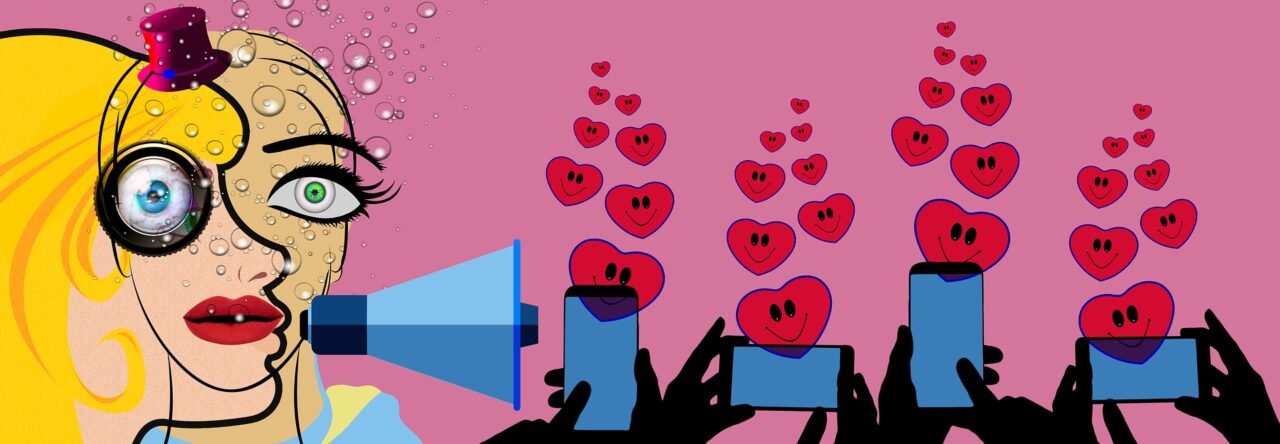Influencers’ lives revolve around the public eye, putting into their hands the success that the influencer will receive based on the number of subscribers they have. Much of what is seen online gets posted in hopes that it positively catches the public’s attention, to gain another subscriber, and make more money. The general public was very important when looking at influencers’ mistakes and apologies, in hopes to take responsibility for their actions, so their fan base did not go down. There were many aspects of these videos that individuals dug into and broke down to ensure what was a true apology and what was not.
After conducting research and looking at the public comments on YouTube the theme rose that individuals who took responsibility directly following their apology video received much less hate from the public than those who jumped straight back into their normal life filming. For example, influencers Laura Lee and Logan Paul took a stance at posting genuine videos following their apology, to present to their fan base that they were taking action following their mistakes. Bringing awareness to issues around the world allowed both Paul and Lee to appear as if they were taking responsibility, influencing the way that the public positively viewed them. Logan Paul’s supporters felt as if he had become a new person. “To all the people who doubted him… look at him now… a COMPLETELY different person… he took his mistake and fucking learned from it this is amazing” (Hannah D Youtube).
CREDIT: Suicide: Be Here Tomorrow by Logan Paul. CC-BY 2.0.
This example shows that as an influencer, those that tried to show that they were changing or holding themselves accountable led them to receive more forgiveness.
Another example that impacted public perception was the number of edits that were in the apology video. The more edits that were seen in the apology video, the more time the influencer spent going back trying to make it what they think is the best version of the video. Apology videos that were deemed less real had lots of edits, and the influencer appeared less responsible and aware of the situation. One influencer that was deemed less real was Tana Mongeau. After she posted her apology video, many of the comments were hateful, about how the video was completely edited. As one user, Twisted Individual, stated “just so everyone is aware, I counted the number of edit cuts in this 14:47 apology; there’s 237. That averages 1 edit every 3.7 seconds” and following that were comments such as, “not to mention Tana doesn’t nearly have this many words in her vocabulary” (Emily Anderson YouTube).
CREDIT: A Long Overdue Apology by Tana Mongeau.
Not only did she continue to edit her video throughout the entire thing, but this showed that the public deemed her as less real because she was unable to make a genuine apology in one sitting. It was more fake to act like she had your apology down and was genuinely apologizing when the video barely even turned out the way that she wanted it to before editing it. This showed that it influences the public’s perception of the influencer when Tana Mongeau who has 237 edits, received almost all negative comments on her apology video, versus David Dobrik, who had zero edits and was perceived to have one of the most sincere apologies on YouTube.
After looking at how the public’s view of influencers continues to change, we saw that many of the comments on videos were dismissive, talking about an aspect of the video that was not important, for example, comments on Logan Paul’s video such as, “Kong is so adorable!”, or “here just reading the comments”. These comments did not have to do with the way that the public eye viewed the influencer. This changed completely when looking at the comments on the apology videos, having less dismissive comments, and more specific negative and positive comments towards the influencers. A direct example of this was seen with Tana Mongeau who received much less dismissive comments and far more hate comments on her apology video than in any other video. One user on her apology video said, “Awww, don’t worry Tana. You’re not shaping anyone. No one’s looking up to you” and another said, “imagine talking for 14 minutes and 47 seconds and still not saying anything”. As shown in the comments below, almost all of them were dismissive, having no important correlation between the perception of Tana Mongeau based on the video that she posted.
Credit: What shooting a YouTube video with Paris Hilton is like + tour her new MANSION… by Tana Mongeau.
Credit: A Long Overdue Apology by Tana Mongeau.
Although those were only two examples, almost all the rest of the 25 comments on her apology sound something like that, as opposed to previous dismissive comments that flooded her old videos that said little things like “would you rather pay for Brad’s dinner every night for a year – Tana: I did that already”. In creating an authentic apology, as more comes out of the scandal, people’s opinions on the individual change, which is seen through the changing comments that are seen on the videos. The increasing negativity came from the increasing backlash that Mongeau was receiving.
The general public, or the people that view these videos and comment on them, are the people that keep these influencers in good standing with their jobs and lives. One mistake can result in a huge backlash that can change the way you are viewed or the person that you are in an instant. After looking at these five influencers, we saw how the public eye has continued to view influencers differently when things like this happen, along with what the public constitutes as an authentic apology to be forgiven.
